
| Component | Description | Component | Description |
|---|---|---|---|
| Touch Screen Display | Interactive interface for customers to browse menus, select items, and place orders. | Processor/Computer Unit | The central unit that runs the software and manages data processing for smooth operation. |
| Payment Terminal | Device that accepts various payment methods such as credit/debit cards and mobile payments. | Receipt Printer | Prints order receipts or payment confirmations for customers. |
| Kiosk Software | Application that provides the user interface and integrates with backend systems for order management. | Barcode/QR Code Scanner | Scans barcodes or QR codes for loyalty programs, promotions, or quick product identification. |
| Enclosure/Chassis | The physical structure that houses and protects all internal components. | Connectivity Modules | Components like Wi-Fi or Ethernet that connect the kiosk to networks for data transfer and updates. |
Design and Prototyping: Begin by designing the kiosk, including hardware layout, user interface, and custom features. Create a prototype to test functionality and make necessary adjustments.
Component Sourcing: Source the necessary components, such as touch screens, processors, payment terminals, and other peripherals, ensuring they meet quality standards.
Enclosure Fabrication: Manufacture the kiosk’s enclosure, typically using materials like steel, aluminum, or plastic, designed for durability and aesthetic appeal.
Assembly: Assemble the kiosk by integrating all hardware components, including the display, computer unit, payment terminal, and peripheral devices, into the enclosure.
Software Installation: Install the operating system and kiosk software, configuring it to meet specific customer requirements and ensuring it integrates with existing systems.
Testing and Quality Control: Conduct thorough testing of the kiosk’s hardware, software, and user interface to ensure everything operates smoothly and meets safety and quality standards.
Packaging and Shipping: Once tested, package the kiosks securely for transportation and arrange shipping to the customer’s location, ready for installation.
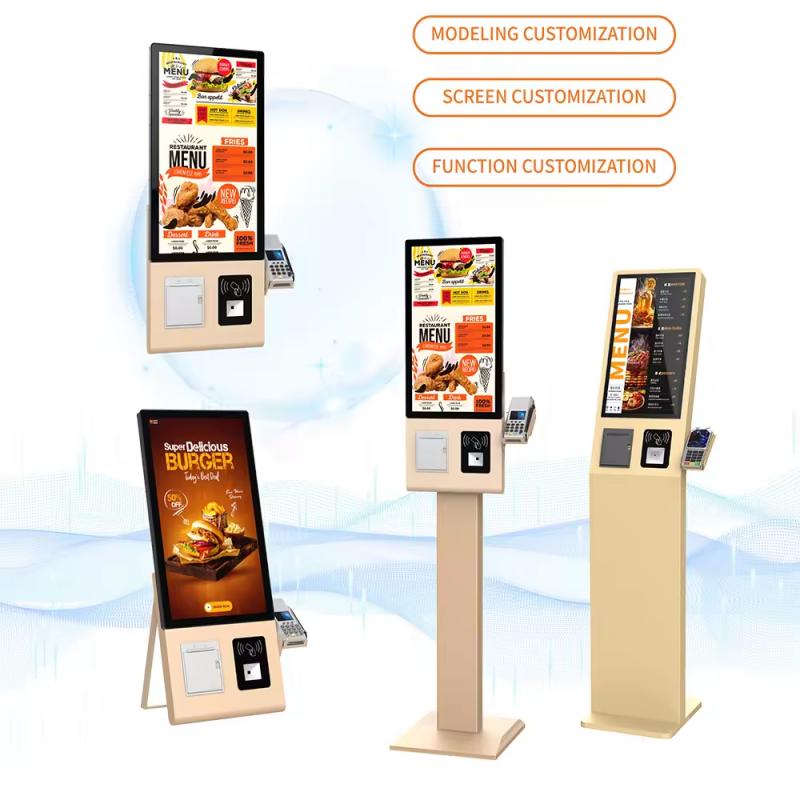
An order kiosk's hardware and software work together to create a seamless user experience. The hardware typically includes a high-resolution touch screen display for easy navigation, a robust processor to handle multiple tasks simultaneously, and a payment terminal that supports various payment methods such as credit cards, mobile payments, and contactless options. Other essential hardware components include a receipt printer, barcode or QR code scanner, and connectivity modules like Wi-Fi or Ethernet for data transfer and system updates. The enclosure, made from durable materials like steel or aluminum, houses and protects all internal components.
The software is equally critical, providing the interface that customers interact with. It includes the operating system, often tailored for kiosk use (e.g., Android or Windows), and custom applications that manage the ordering process, payment transactions, and integration with backend systems like POS and inventory management. The software can also feature upselling prompts, language options, and accessibility features to enhance the user experience. Together, the hardware and software of an order kiosk ensure efficient, accurate, and user-friendly service, contributing to improved customer satisfaction and operational efficiency.
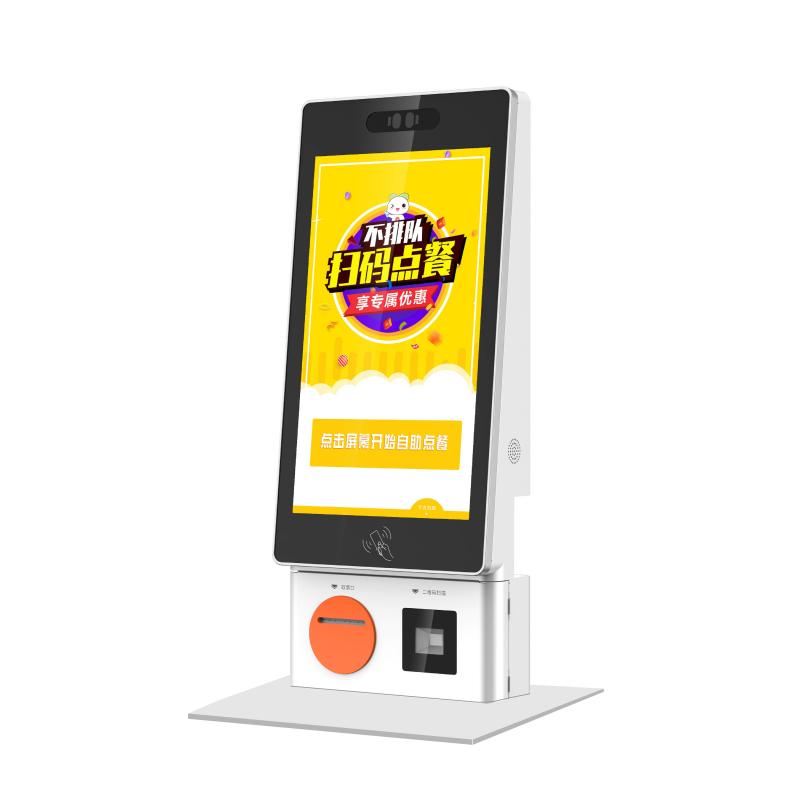
Order kiosks are ideal for various scenarios where efficiency, speed, and enhanced customer experience are paramount. They are especially useful during peak business hours when customer queues are long, helping to reduce wait times by allowing multiple customers to place orders simultaneously. In fast-food restaurants and quick-service environments, order kiosks streamline the ordering process, enabling customers to browse menus, customize their orders, and pay without the need for staff assistance.
Retail stores can also benefit from order kiosks during high-traffic periods, such as sales events or holiday seasons, by providing an alternative checkout option. Airports, train stations, and other busy locations can use order kiosks to facilitate quick food and beverage orders for travelers on tight schedules. Additionally, order kiosks are effective in environments where contactless service is preferred, such as during health-related events, as they minimize direct interaction between customers and staff.
For businesses looking to increase order accuracy, promote upselling, and gather valuable customer data, order kiosks offer a practical solution. They are also beneficial in situations where businesses want to provide a personalized, self-service experience, catering to tech-savvy customers who appreciate the convenience and speed that kiosks provide.

User Interaction: Customers approach the kiosk and start the process by tapping the touch screen. The kiosk displays the menu or product options available for ordering.
Menu Navigation: Customers browse through the menu, selecting items they want to purchase. They can customize their orders, such as choosing sizes, adding toppings, or making modifications.
Order Review: After selecting items, customers review their order in a summary screen. This ensures they can make any last-minute changes before proceeding to payment.
Upselling Prompts: The kiosk may display upselling or cross-selling options, suggesting additional items or upgrades based on the customer’s selections.
Payment Processing: Once the order is finalized, customers proceed to payment. They choose from various payment methods, such as credit/debit cards, mobile payments, or contactless options, and complete the transaction.
Receipt Printing: After payment, the kiosk prints a receipt or sends a digital copy to the customer’s email or mobile device. The receipt includes order details and a pickup number if applicable.
Order Transmission: The kiosk sends the order details to the kitchen or preparation area, where staff begin processing the order. The customer waits for their order to be prepared and served.
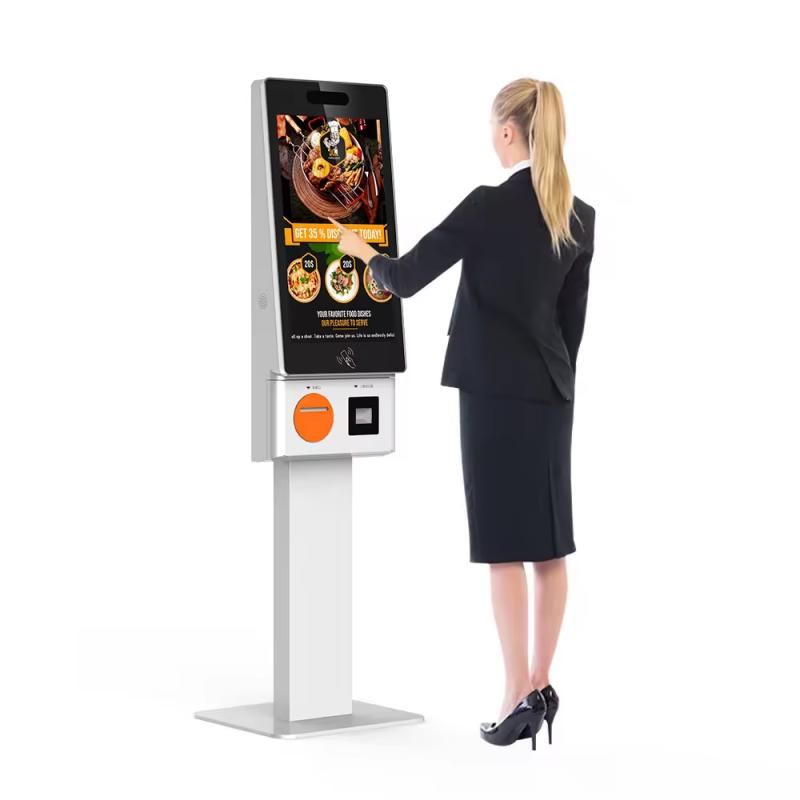
Order kiosks are widely used in various industries, offering significant benefits. In fast-food restaurants and cafes, they streamline the ordering process, allowing customers to place and customize their orders independently, reducing wait times and improving order accuracy. Retail stores use them during peak hours to facilitate quicker checkouts, enhancing customer satisfaction. In airports and busy transit hubs, order kiosks enable travelers to quickly purchase food and services without delays. The benefits of order kiosks include increased efficiency, reduced labor costs, and higher average order values due to effective upselling. They also provide valuable data on customer preferences, helping businesses optimize their offerings and improve overall service quality.

| Price Range | Types of Order Kiosks | Sizes | Description |
|---|---|---|---|
| $2,000 - $4,000 | Countertop Kiosk | Small (10" - 15" screen) | Compact kiosks designed for placing on counters, ideal for smaller establishments with limited space. |
| $3,000 - $6,000 | Freestanding Kiosk | Medium (15" - 22" screen) | Standalone kiosks typically used in fast-food restaurants, allowing full customization and ease of use. |
| $4,000 - $7,000 | Wall-Mounted Kiosk | Medium to Large (15" - 24" screen) | Mounted directly on walls, saving floor space while providing a full-service ordering experience. |
| $5,000 - $10,000+ | Outdoor Kiosk | Large (24" - 32" screen or larger) | Durable kiosks designed for outdoor environments, weatherproof, and equipped with high-brightness screens. |
Business Needs: Evaluate the specific requirements of your business, including customer flow, space availability, and the intended use of the kiosk.
Budget: Determine your budget, considering the initial cost of the kiosk, software, installation, and ongoing maintenance.
Customization: Consider the need for custom branding, screen size, payment options, and additional hardware like barcode scanners or receipt printers.
Integration: Ensure the kiosk can integrate with your existing POS, inventory, and CRM systems for seamless operation.
Durability: For outdoor or high-traffic locations, prioritize kiosks with durable enclosures and reliable components.
User Experience: Focus on ease of use and accessibility, ensuring the kiosk is intuitive for all customers, including those with disabilities.
Vendor Reputation: Research vendors, looking at their experience, customer support, and warranties to ensure long-term reliability.
Installation and Support: Consider the installation process, training for staff, and the availability of technical support post-purchase.



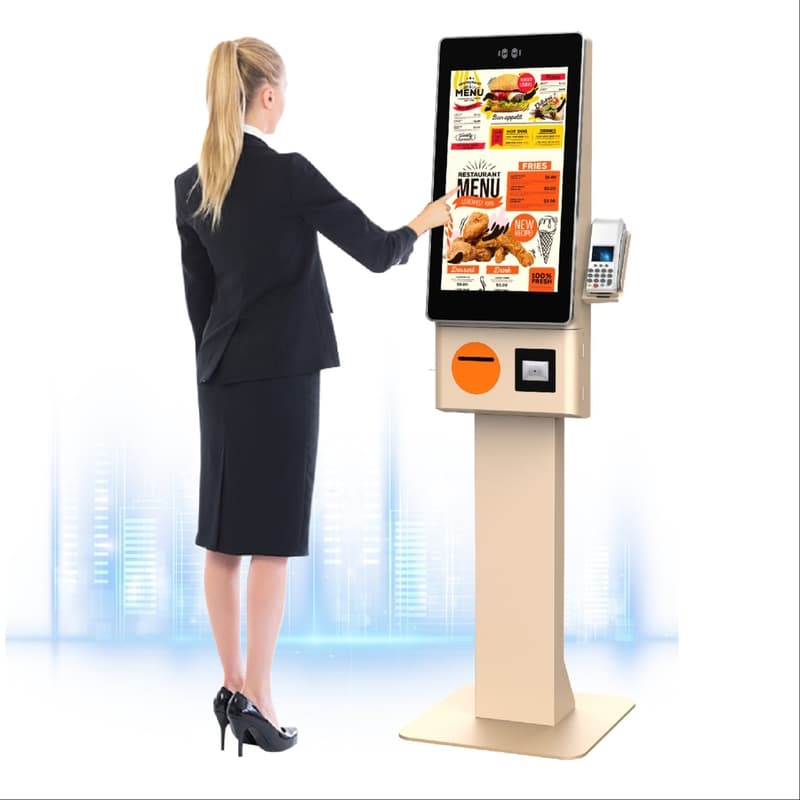

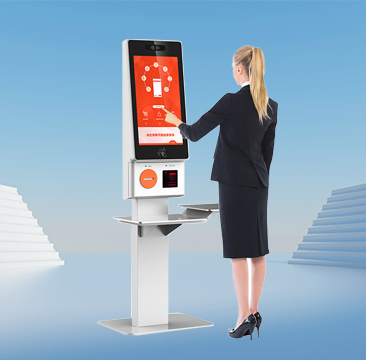
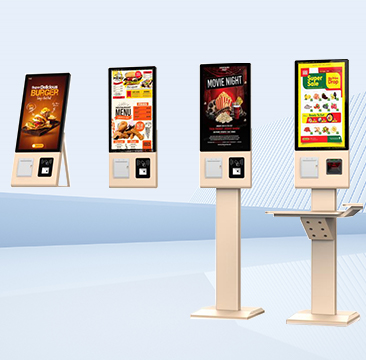

What did our happy clients say?
The order kiosk has transformed our customer experience! It's easy to use, and the sleek design fits perfectly in our store. We've noticed a significant boost in order efficiency and customer satisfaction.
Installing the order kiosk was a great decision. It has reduced lines during peak hours and increased our sales through effective upselling. The integration with our POS system was seamless.
We’re thrilled with our order kiosk purchase. The user-friendly interface and quick payment processing have made a big difference. Our customers love the convenience, and we’ve seen higher average order values.
The order kiosk exceeded our expectations. It’s reliable, looks fantastic, and has streamlined our entire ordering process. The customer feedback has been overwhelmingly positive, and so has our ROI.